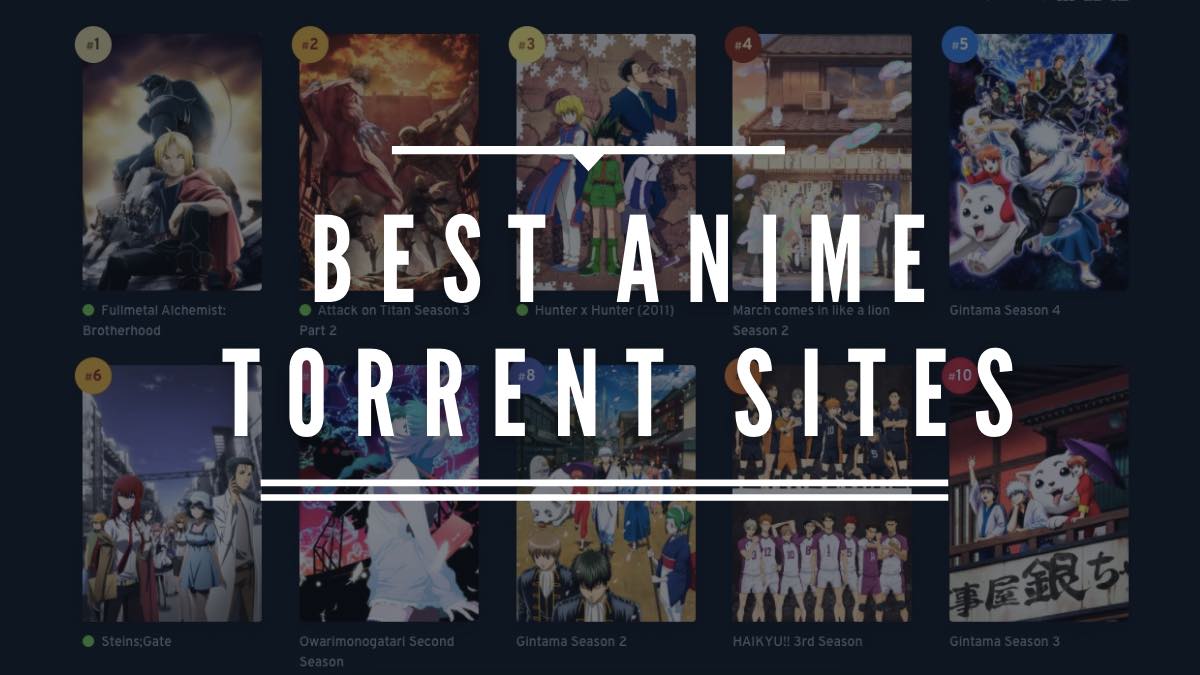

ActiveReports proved to have a really straightforward support for that. Custom object datasourcesĪlthough each of the tools provide a wide choice of data sources to use, we needed the data to be bound in runtime (right in C# code). Here are some insights on the key issues we were faced with when working with ActiveReports 8. So, without further ado, we proceeded with ActiveReports. We created a short proof-of-concept which showed that ActiveReports was easier to work with (especially when it came to binding data in runtime) and there seemed to be more support for its integration with Visual Studio. They also utilized the Visual Studio graphic designer, which made working on layouts easier. Both of them could be used with Visual Studio, which was a must-have feature for us as C# developers. We decided to limit our options to ActiveReports and Crystal Reports as they both seemed to fit our needs best.

We were looking for a more standalone solution – possibly, a fairly small library that we could use in our code. SSRS was too dependent on the DB system, which would require additional administration/deployment attention. Our (subjective) opinion was that Telerik and Combit seemed to be inferior in terms of the amount of online support available and number of active users. Given the limited time we had, we decided to cut the list even further. The project had a very tight deadline, so we had to make the selection fast. After some preliminary research, we created a shortlist of the most commonly used tools to choose from:


 0 kommentar(er)
0 kommentar(er)
